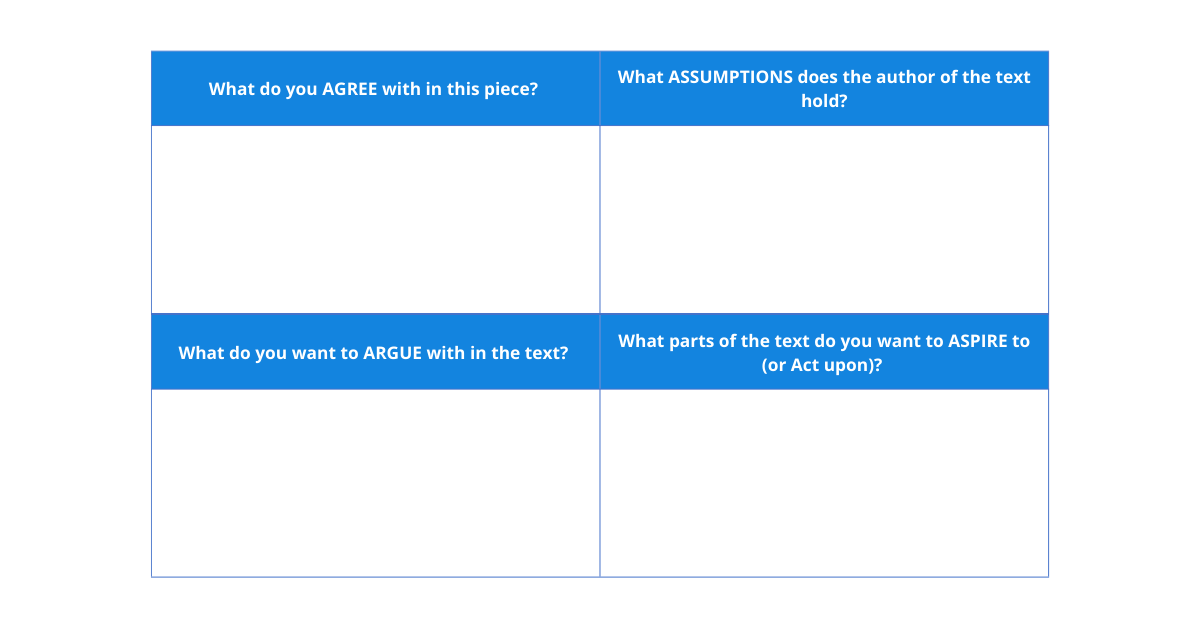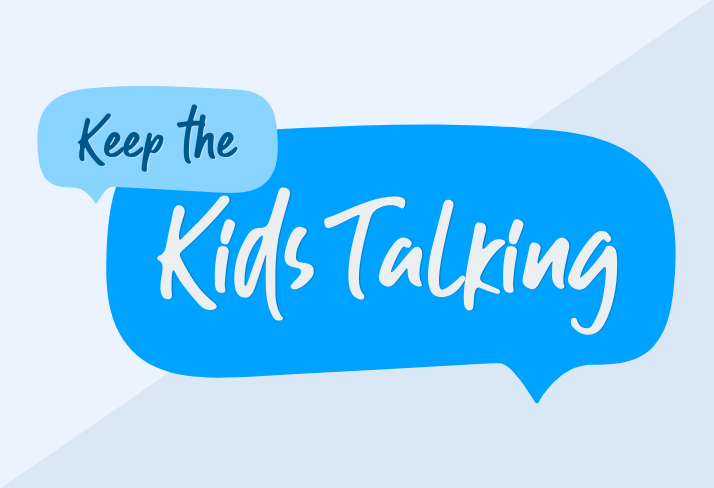|
Three strategies for expanding student engagement in an in-person environment.
Lately I’ve been visiting classrooms and seeing students on their Chromebooks, typing away and answering text-based questions on a Nearpod or on Google Classroom. Teachers are circulating and peering over their students’ shoulders, checking their screens to get a sense of where students are in their classwork, and to ensure they are not sliding between windows to play games or watch videos. At the end of class, teachers sometimes ask students to share a few of their answers, remind them to submit their work, and then class is dismissed. As students are packing up, the teacher may remind students to finish what they didn’t complete for homework.
In a sense, it’s almost as though this type of classroom instruction could have been facilitated in a remote setting. Students are so accustomed to educational apps that they can do their classwork without even attending class. But we are no longer remote, and as far as I can tell today, most schools are not planning to return to a fully remote school program. So how can we make the most of being together in person and increase in-class interactions?
Get students talking
The simplest way to get your students engaged is to include “turn and talks” in your lesson plan, allowing conversations to happen in pairs. Decide on the most strategic moments to include a turn and talk — this could be any time you want students to mull over or think through a key concept during class. Asking students to talk to the person next to them will help them practice their thinking in a low-stakes way. I often find that when just one or two students are participating after a teacher poses a question, it signals that other students are not yet ready to share their thoughts with the rest of the class. Posing a question and asking students to turn and discuss it with the person sitting near them is a way to get students thinking about the key topic, and provides a moment for the teacher to circulate and listen in on students’ thinking. This creates a perfect opportunity to cull new voices in the whole class participation: “What you said, Jess, is a really helpful explanation as to why it can inadvertently hurt our economy. Would you mind sharing this out to the whole group when we come back together?”
Make thinking visible
Pull out some chart paper and ask students to share their thinking in groups and on paper. Working on Google Docs as a group can be useful for co-writing or sharing ideas, but working on chart paper is a more strategic way to share thinking within a group and to help make the thinking visual. Some graphic organizers lend themselves well to chart paper, particularly when students are using a graphic organizer to process a concept. For example, the 4 As Protocol works well on chart paper. My colleague Courtney Brown and I have often used this protocol on chart paper as a way to demonstrate thinking about a text through these specific lenses, which can look like this:
Bring voices to the whole class
If you were a real rookie on Zoom during the pandemic (like me) and tried to have a full class discussion (like me), you quickly longed for the days to return to in-person instruction. I wince when I recall the first time I asked students to discuss what we had read — there were moments of everyone talking over each other, or everyone muted and awkward silence. While I had asked students to collect their thoughts in writing as the primary step to having a discussion, I could not ask students to turn and talk casually for 45 seconds. I could have created breakout rooms for a minute or two, but somehow breakout rooms seem too formal. Now that we are in class together, let’s take the opportunity to help our students learn how to have a discussion as a whole group. Work up to a larger discussion by building small steps along the way: first a quick write on the topic, then a turn and talk, and finally, opening up the chance for students to share with the whole class. Using a discussion rubric in live time and then reflecting on the discussion is another way to remind students what makes for an effective conversant.
During the pandemic, we were flexible and experimented with different online learning tools. We discovered ways to teach and assess students, and we did the best we could during a most difficult time. But now that we have returned in person, let’s take advantage of being together and find ways to use the lessons we’ve learned during remote learning to increase interactions in our in-person classrooms.
|
|
The Center for Professional Education of Teachers (CPET) at Teachers College, Columbia University is committed to making excellent and equitable education accessible worldwide. CPET unites theory and practice to promote transformational change. We design innovative projects, cultivate sustainable partnerships, and conduct research through direct and online services to youth and educators. Grounded in adult learning theories, our six core principles structure our customized approach and expand the capacities of educators around the world.
|
ABOUT US
525 West 120th Street, Box 182 New York, NY 10027 416 Zankel Ph: (212) 678-3161 [email protected] Our Team Career Opportunities |
RESOURCES
Professional Articles Ready-to-Use Resources Teaching Today Podcast Upcoming PD Opportunities |
COACHING SERVICES
Custom Coaching Global Learning Alliance Literacy Unbound New Teacher Network Student Press Initiative |



























